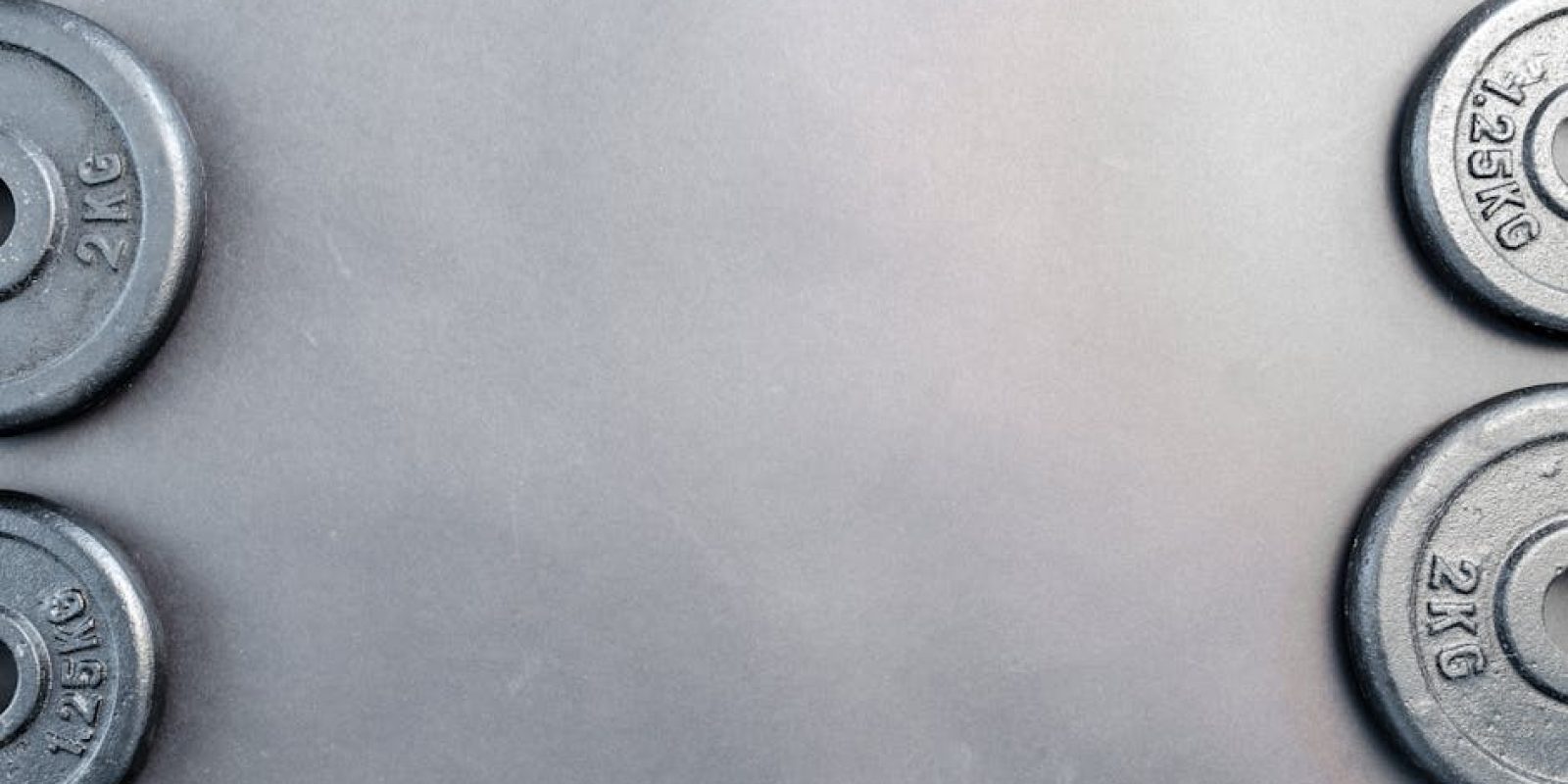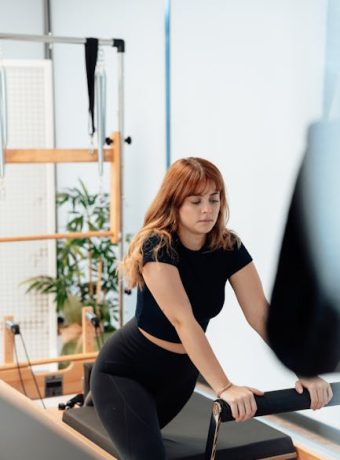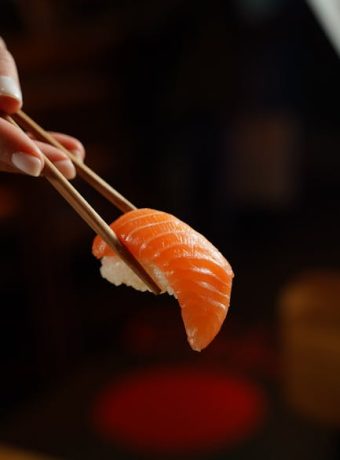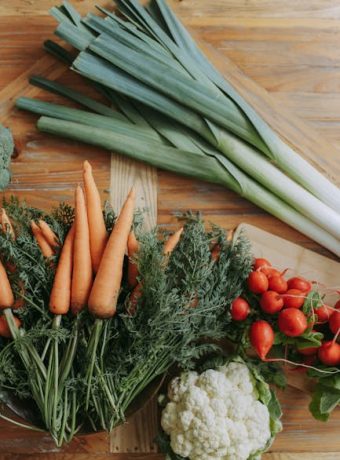The Role of Iron in Women’s Fitness: Fueling Your Strength and Stamina 💪
When it comes to women’s fitness, there’s a powerhouse nutrient that often gets overlooked: iron. Understanding the role of iron in the body can make a world of difference in how you feel during workouts and in everyday life. Let’s dive into why this mineral is crucial and how you can ensure you’re getting enough of it.
Table of Contents
1. Why Iron is Important for Women’s Fitness
2. How Much Iron Do Women Need?
3. Best Dietary Sources of Iron 🍏
4. Tips for Maximizing Iron Absorption
5. Conclusion
6. FAQs
Why Iron is Important for Women’s Fitness
Iron is a key player in transporting oxygen throughout the body. It forms an essential part of hemoglobin in red blood cells, helping to carry oxygen from the lungs to the rest of the body. For women, especially those who exercise regularly, adequate iron levels are vital for maintaining energy levels and supporting muscle function. Iron deficiency can lead to fatigue, decreased performance, and even anemia.
How Much Iron Do Women Need?
Women generally need more iron than men due to menstrual blood losses. The recommended dietary allowance (RDA) for iron is about 18 mg per day for women aged 19-50. However, this can vary based on factors like age, diet, and physical activity level. Athletes or those with heavy menstrual cycles might need even more. It’s always a good idea to consult with a healthcare provider to determine the right amount for you.
Best Dietary Sources of Iron 🍏
There are two types of dietary iron: heme and non-heme. Heme iron, found in animal products, is more readily absorbed by the body. Non-heme iron, found in plant-based foods, is also essential but requires a bit more effort for absorption.
Here are some fantastic sources of iron:
Heme Iron Sources:
– Red meat (beef, lamb)
– Poultry (chicken, turkey)
– Fish (salmon, tuna)
Non-Heme Iron Sources:
– Lentils and beans
– Tofu and tempeh
– Spinach and kale
– Pumpkin seeds and nuts
Tips for Maximizing Iron Absorption
Boosting your iron absorption can be as simple as tweaking your diet:
– Pair iron-rich foods with vitamin C-rich foods like oranges, strawberries, or bell peppers to enhance absorption. 🍊
– Avoid drinking tea or coffee with meals as they can inhibit iron absorption.
– Cook with cast iron cookware, which can increase the iron content of food.
Conclusion
Iron is an unsung hero in the realm of women’s fitness, playing a pivotal role in energy levels, endurance, and overall health. By understanding the importance of iron, ensuring you get enough through diet or supplementation, and optimizing absorption, you can power through your workouts and daily activities with vigor and vitality.
FAQs
1. How can I tell if I’m getting enough iron?
Common symptoms of iron deficiency include fatigue, weakness, pale skin, and shortness of breath. A blood test can accurately determine your iron levels.
2. Are there risks associated with too much iron?
Yes, excessive iron intake can lead to toxicity and serious health issues. It’s important to stick to recommended dosages unless advised otherwise by a healthcare professional.
3. Can vegetarians and vegans get enough iron?
Absolutely! By focusing on non-heme iron sources and incorporating vitamin C-rich foods, vegetarians and vegans can meet their iron needs effectively.
4. Should I take iron supplements?
Iron supplements can be beneficial, especially if you’re unable to meet your needs through diet alone. However, it’s best to consult with a healthcare provider before starting any supplements.
5. Does cooking method affect iron content?
Yes, cooking methods can impact iron content. For instance, using cast iron pans can increase the amount of iron in your food.
Remember, when it comes to fitness and health, iron is more than just a mineral—it’s your secret weapon for energy and endurance. Stay strong and keep thriving! 💪



